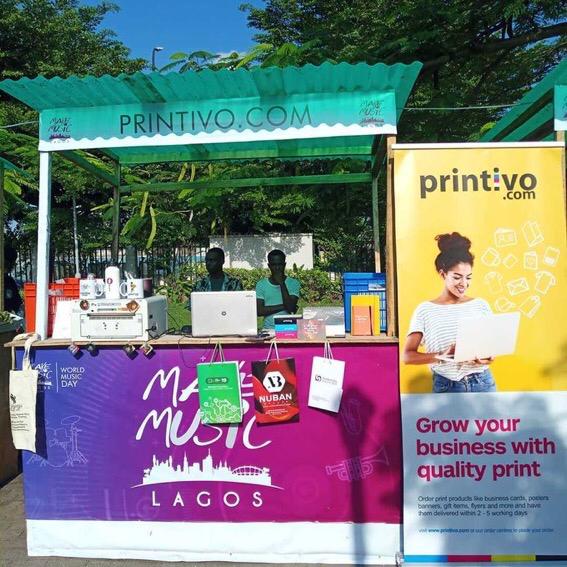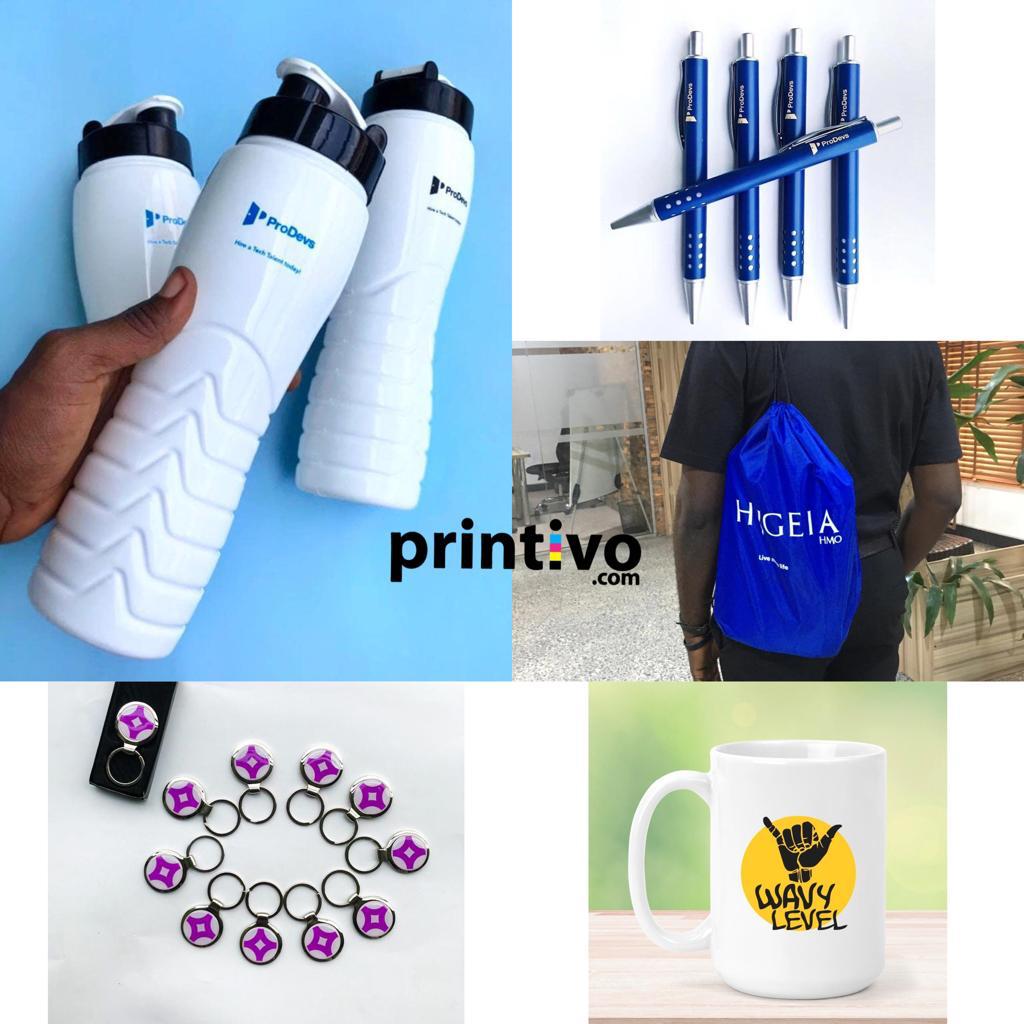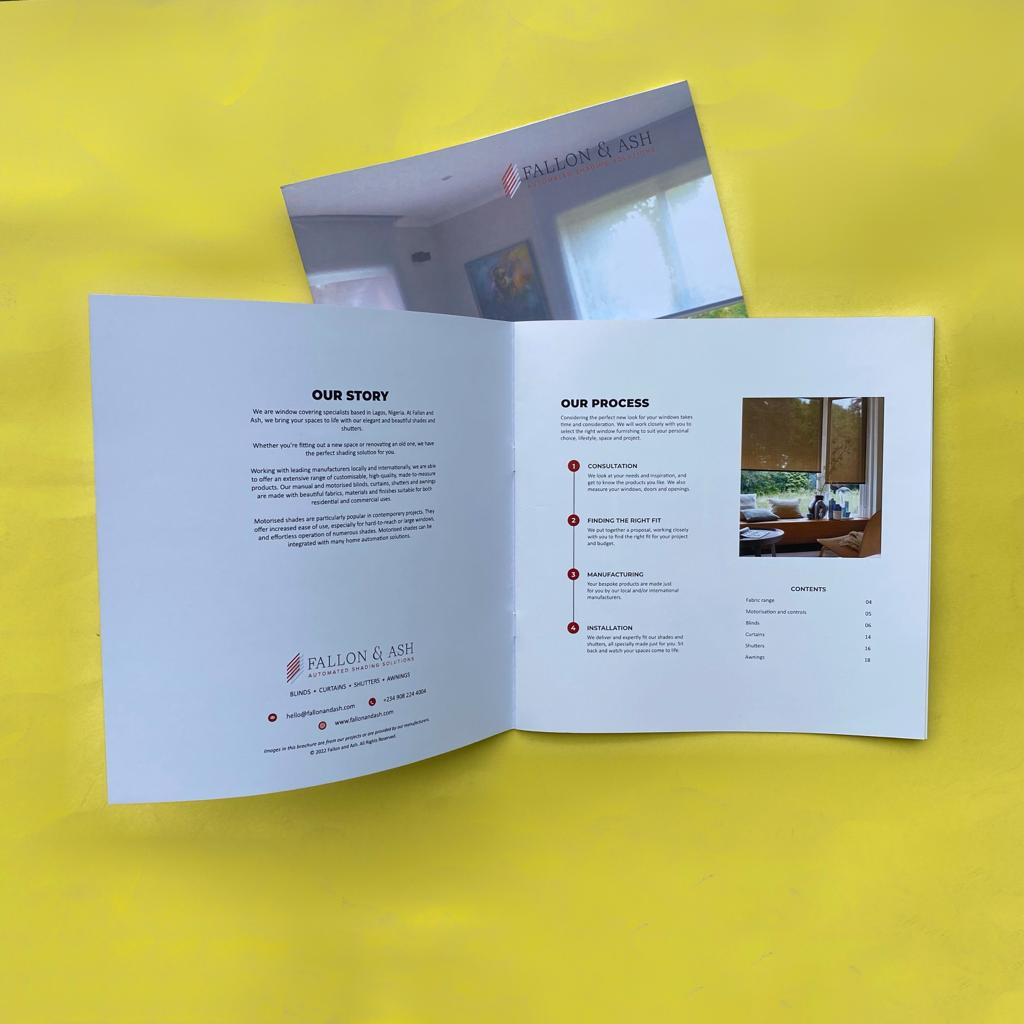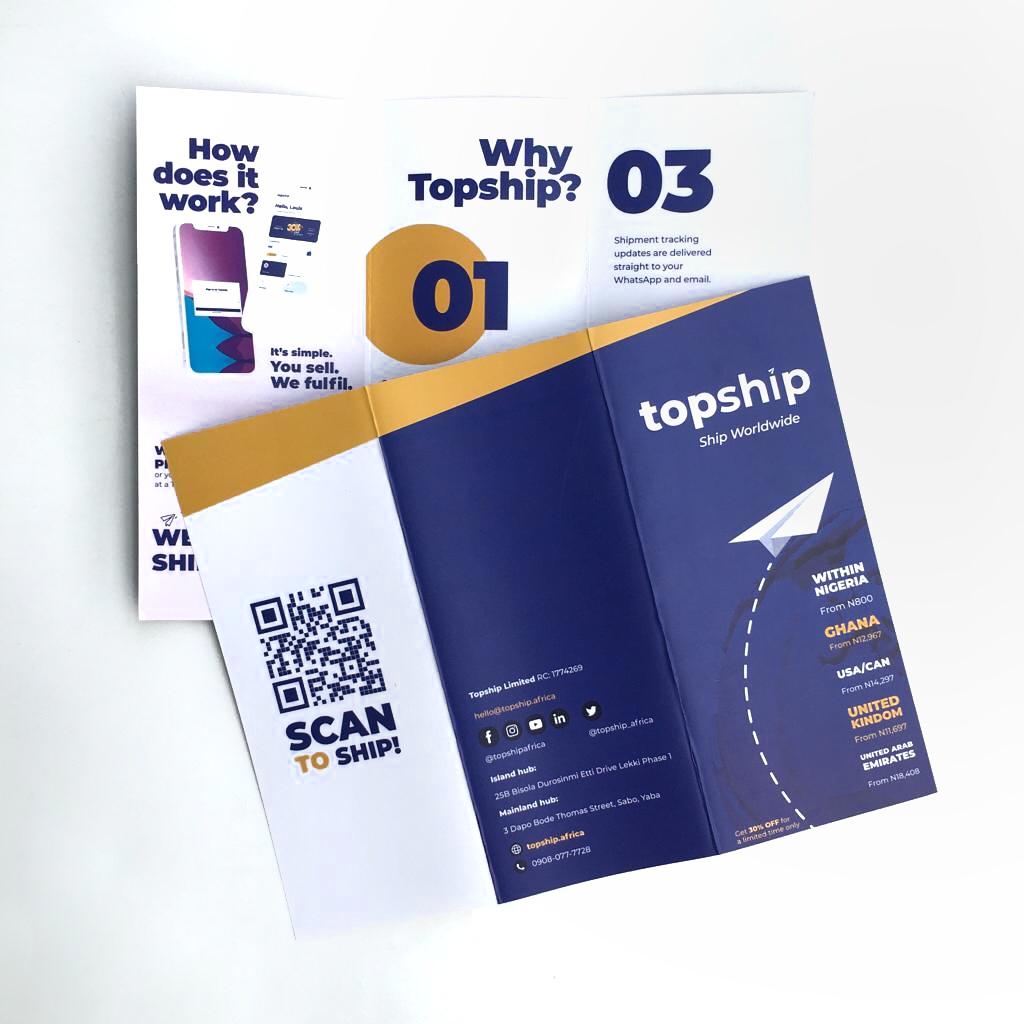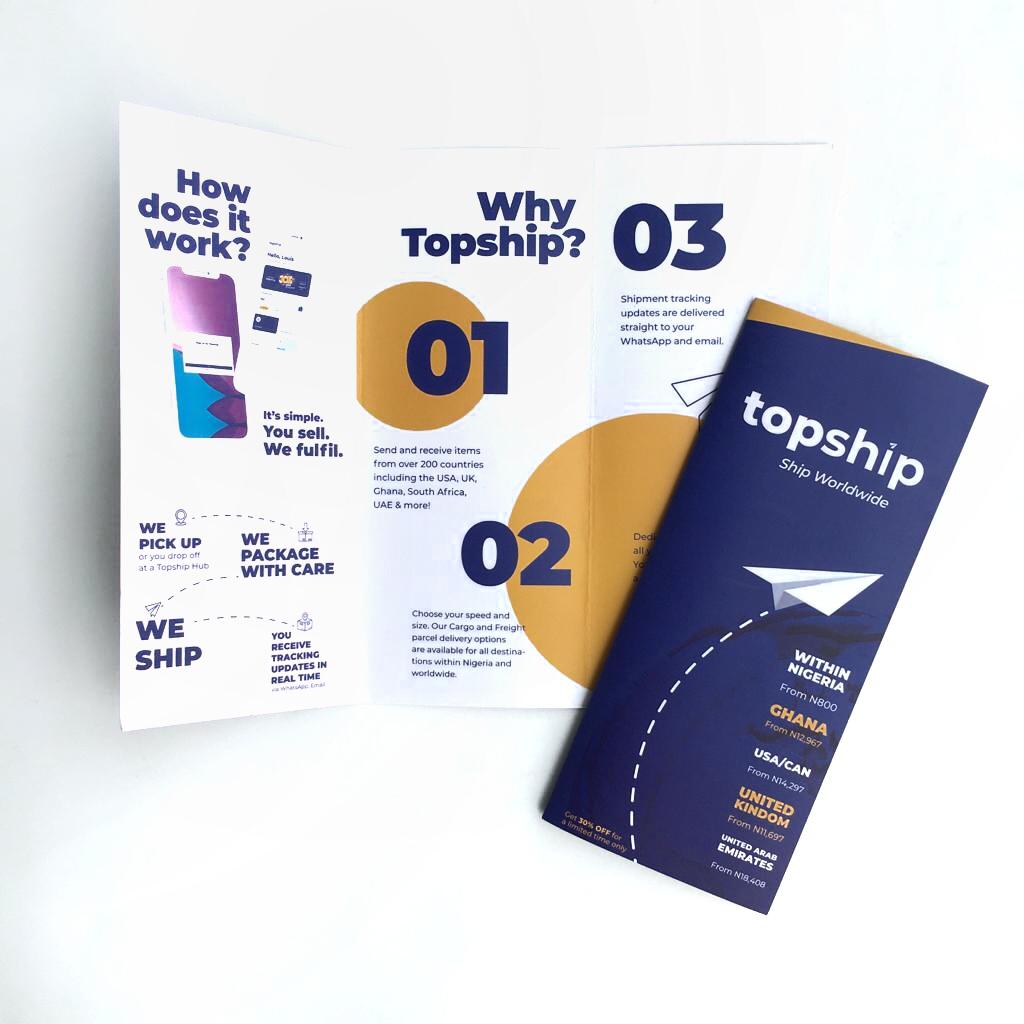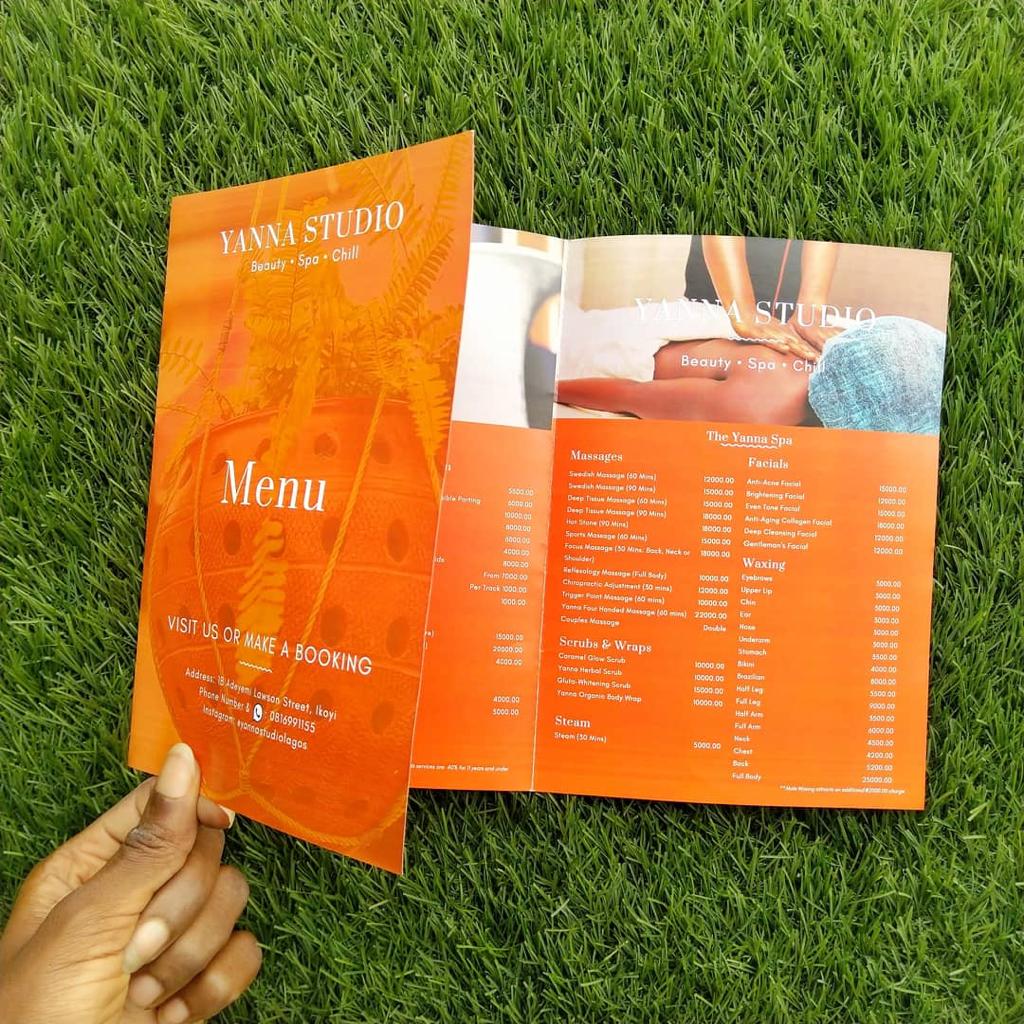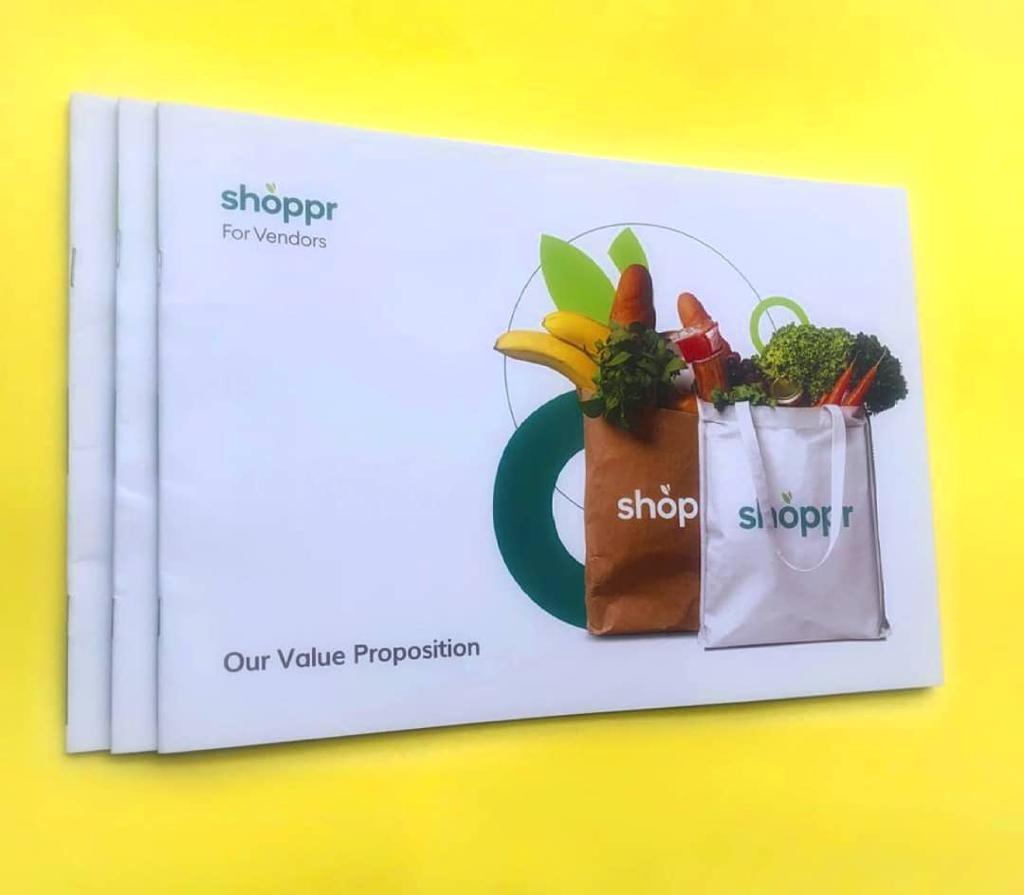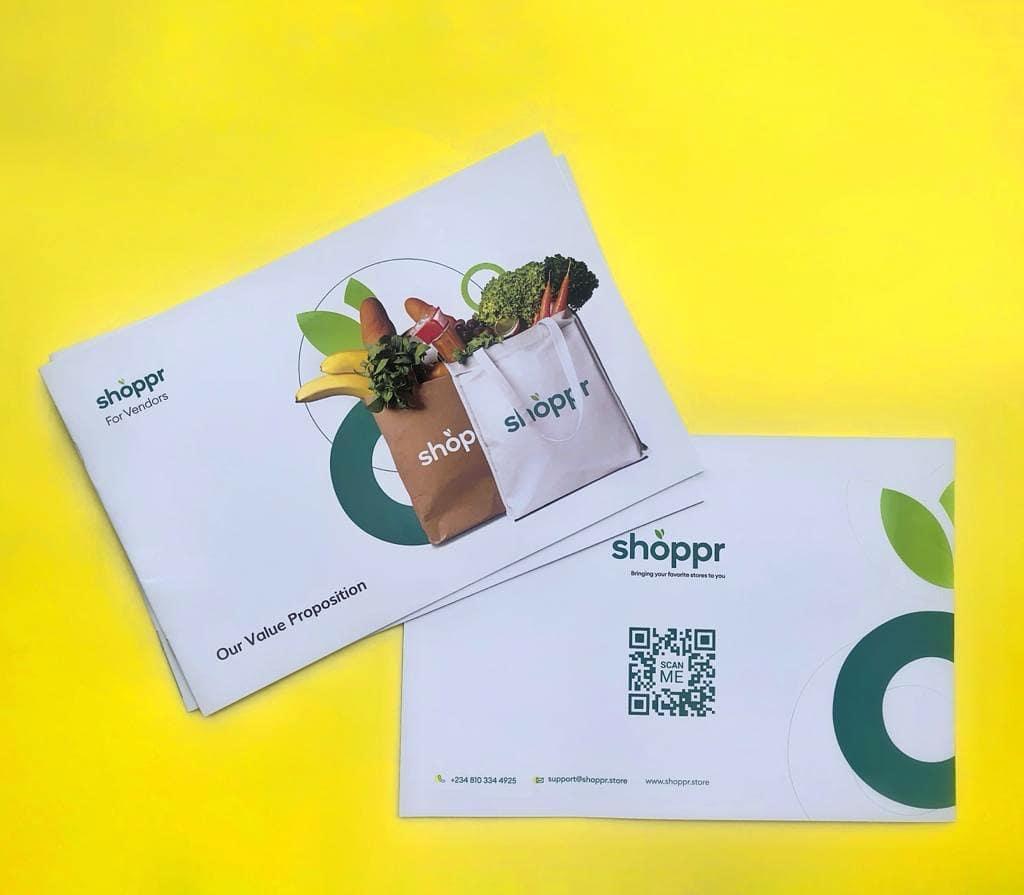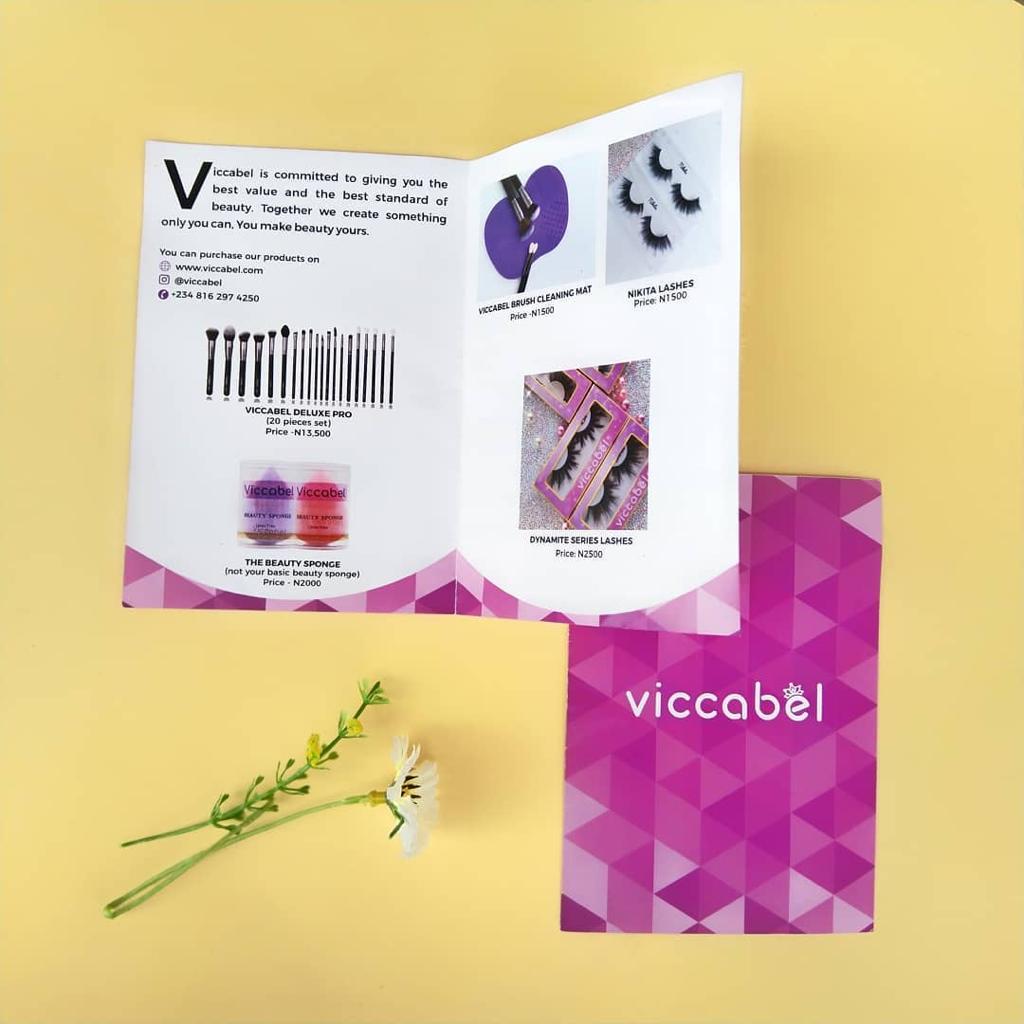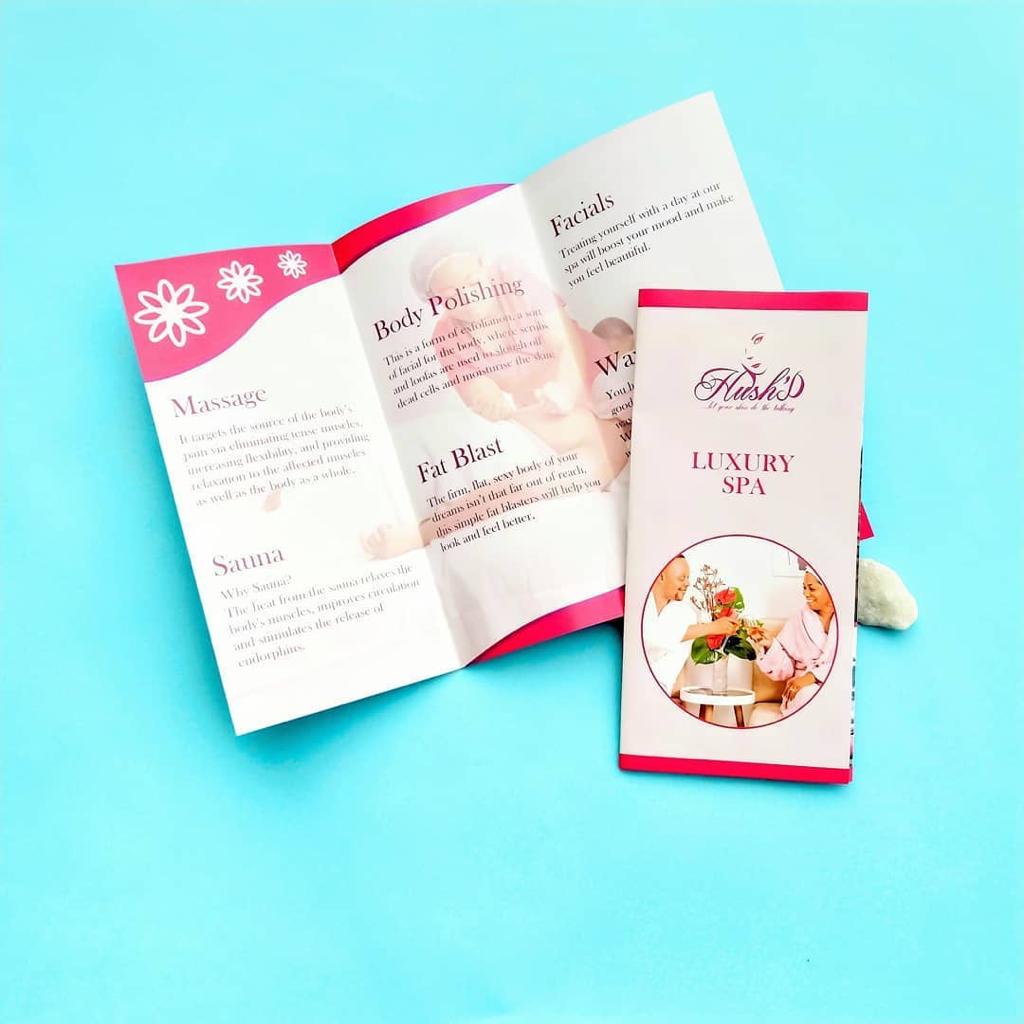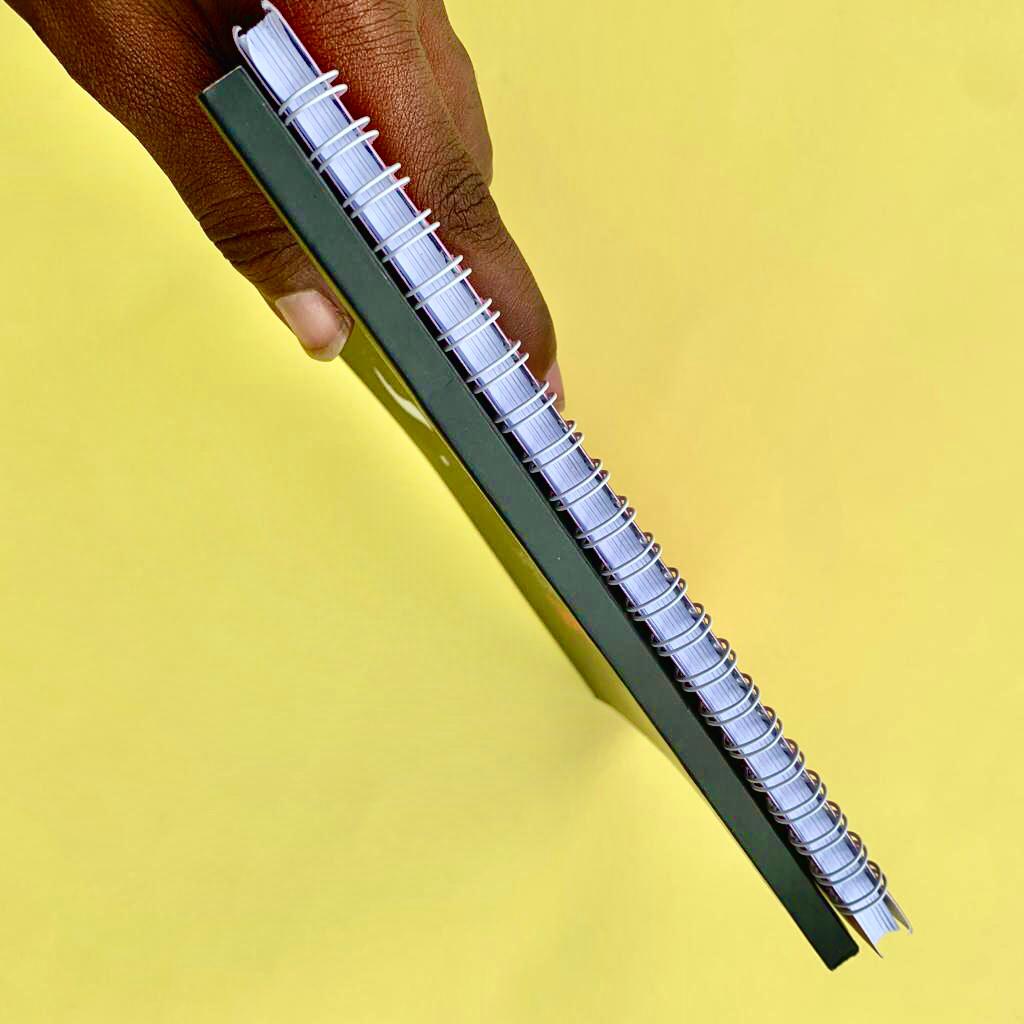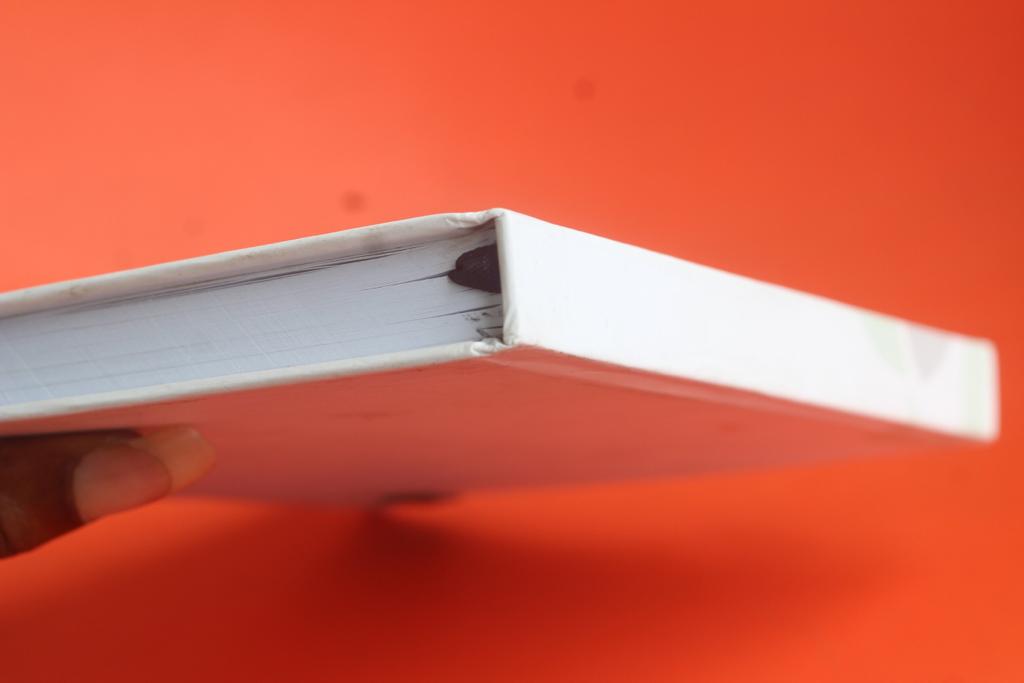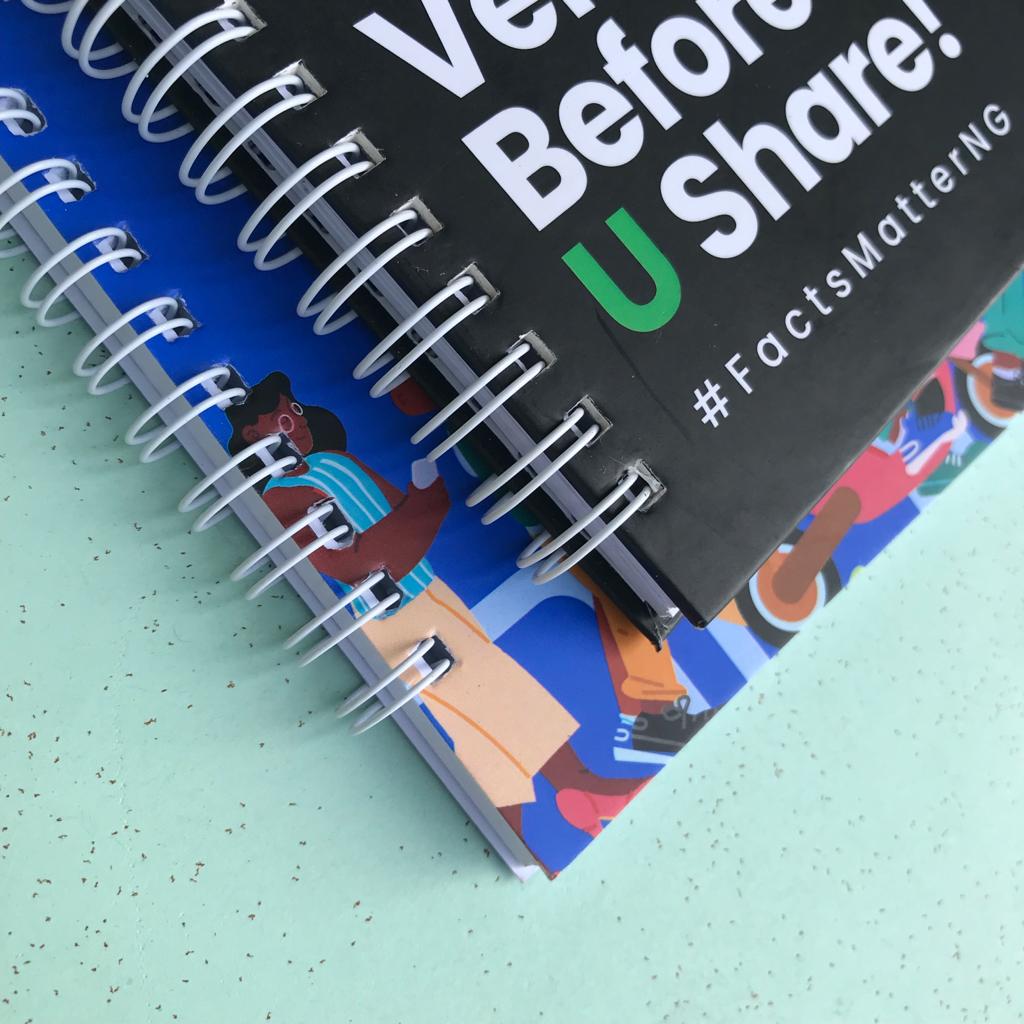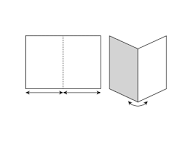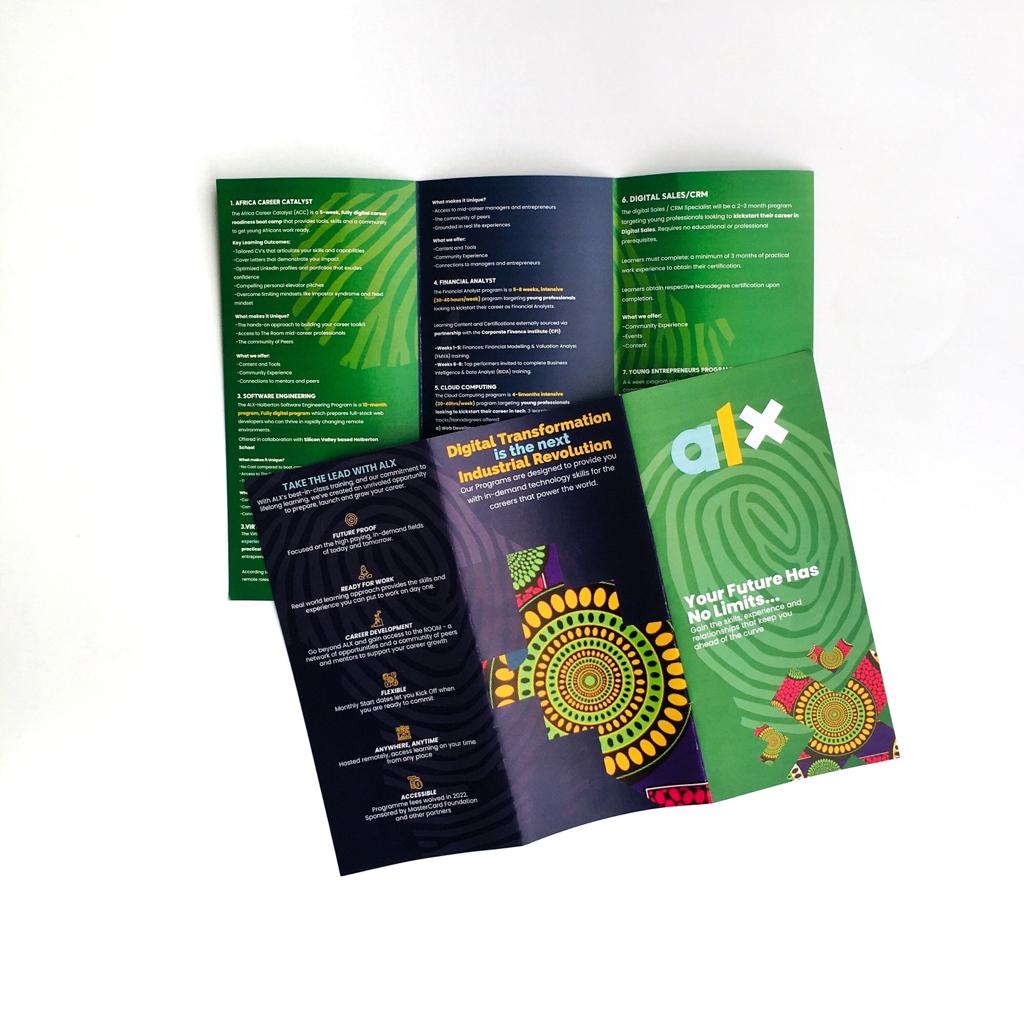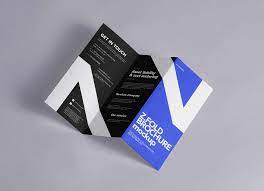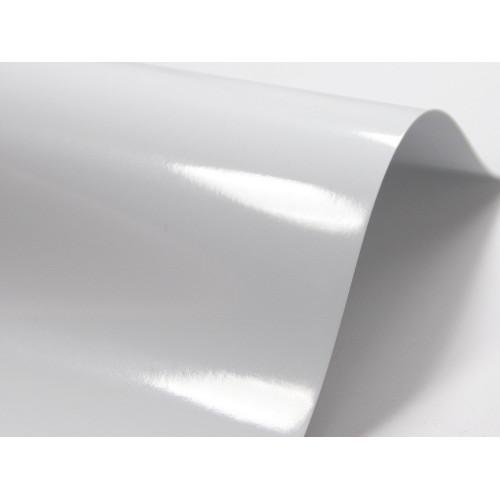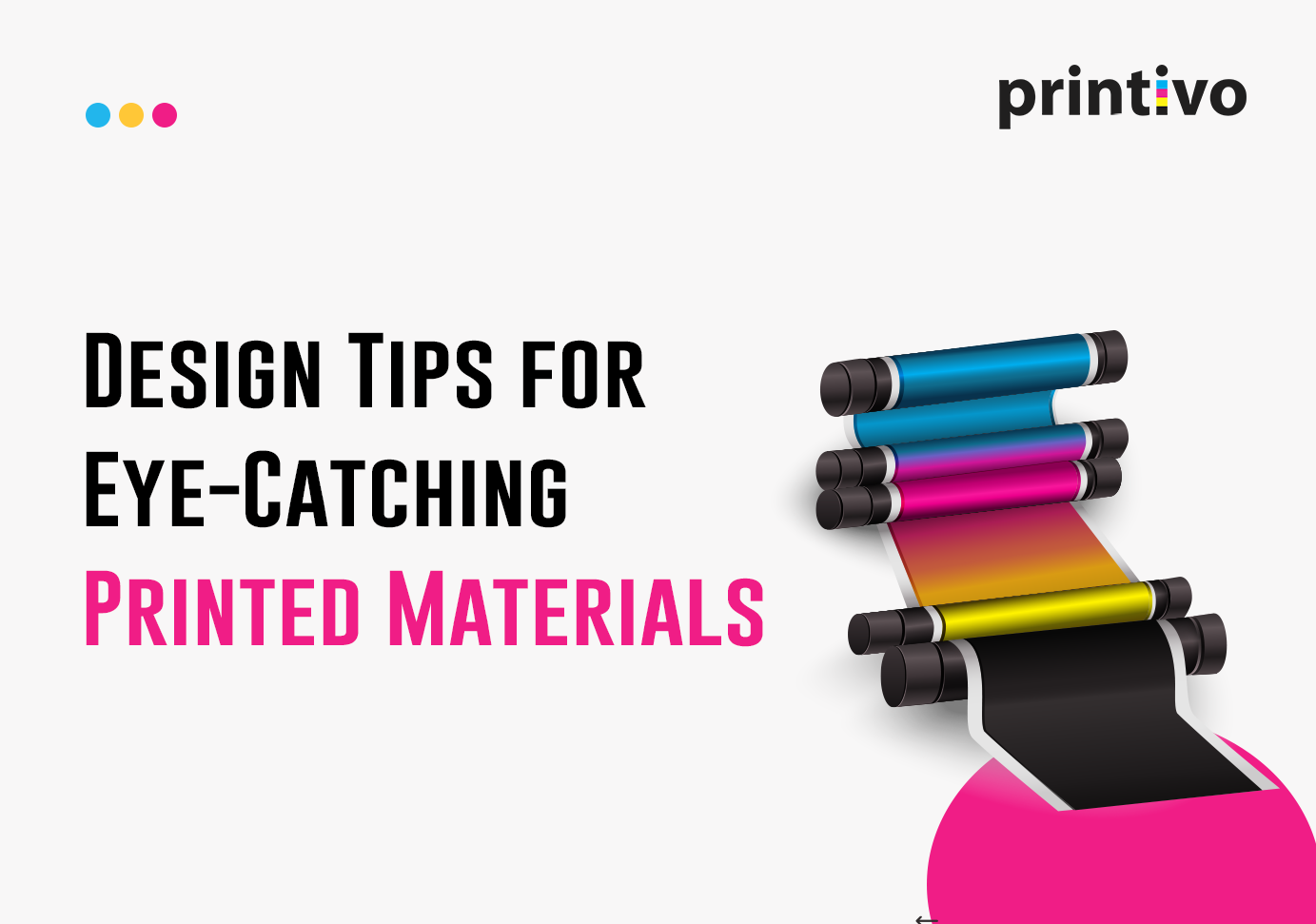Promotional items have become increasingly popular in the corporate world as companies continue to seek
ways to enhance brand visibility and recognition. These items, often customized with a company’s logo
or slogan, serve as tangible reminders of a brand and its values.
The Benefits of Promotional Items: Enhancing Brand Visibility and Recognition
The benefits of using promotional items
are numerous.
Firstly, by distributing these items to potential customers at trade shows or conferences,
businesses can increase their visibility among a wider audience.
As recipients of these promotional
products use them in their day-to-day lives, they inadvertently promote the brand every time they pull out
a pen with a company logo or wear a t-shirt with a catchy slogan.
Moreover, consistent exposure to
the brand logo enhances brand recognition, making it easier for consumers to recall a brand when making
purchasing decisions. As such, promotional items not only serve as advertising tools but also as effective
means of fostering brand loyalty and credibility.
Choosing the Right Promotional Products to Maximize Impact and Reach
Promotional products have proven to be a successful tool for businesses to increase brand visibility and
reach a wide audience. However, simply distributing any type of promotional item may not effectively
maximize impact. It is crucial for businesses to carefully select the right promotional products that align
with their brand values and target audience.
By choosing items that are relevant and useful to their potential customers, businesses can ensure their promotional products will not only be appreciated but also utilized on a regular basis. For example, a fitness brand may opt for branded water bottles or gym towels, while a tech company may choose USB drives or phone accessories.
The key is to select items that are durable,
of high quality, and customizable, ensuring that they reflect the brand’s image and message effectively.
By doing so, businesses can capitalize on the potential of promotional products to enhance their brand
visibility and leave a lasting impression on their target market.
Creative Strategies for Effective Brand Promotion – Leveraging Promotional Prints
One creative strategy for effective brand promotion is leveraging promotional prints.
Promotional prints refer to any printed material that showcases a brand’s message or logo with the intention of promoting brand visibility.
This strategy can be applied through various mediums such as brochures, flyers, posters, and direct mailings.
By strategically placing these promotional prints in high-traffic areas or distributing them to target audiences, companies can effectively convey their brand message and increase brand awareness.
Additionally, promotional prints can be customized to suit a company’s specific goals and target audience, thereby enhancing their effectiveness. For example, a company targeting young adults may create vibrant and trendy posters for college campuses, while a luxury brand may opt for sophisticated and elegant postcards to appeal to its target demographic.
In summary, leveraging promotional prints is a creative and versatile strategy that can significantly boost brand visibility and engagement when applied strategically.
Measuring the Success of Promotional Items for Brand Visibility
One common way to measure the success of promotional items is by evaluating the return on investment (ROI) for brand visibility.
ROI is a financial metric that assesses the profitability and effectiveness of a marketing campaign.
In the context of promotional items, ROI can be calculated by comparing the cost of producing and distributing the items with the increase in brand visibility they generate. This can be achieved by tracking metrics such as website traffic, social media engagement, and customer inquiries. By analyzing these metrics, businesses can determine whether their promotional items are providing a satisfactory return on investment and adjust their strategies accordingly. Additionally, ROI evaluations can provide valuable insights into the effectiveness of specific promotional items, allowing businesses to identify which items are most successful in boosting brand visibility and allocate resources accordingly.
Overall, evaluating ROI for brand visibility can help businesses make informed decisions about their
promotional item strategies and maximize the impact of their marketing efforts. For the best promotional prints, log on to Printivo.com or call/Whatsapp at 08091085333
